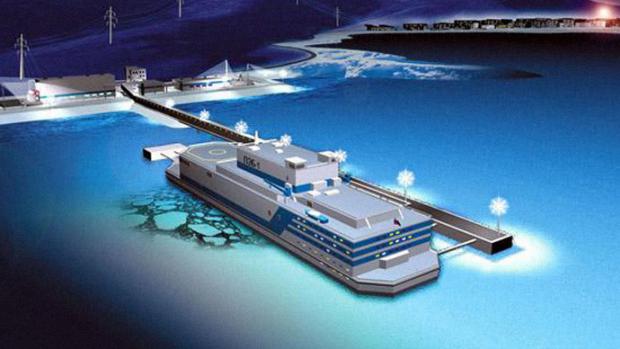
Breaking News
 2 Hours of Retro Sci-Fi Christmas Songs | Atomic-Age Christmas at a Snowy Ski Resort
2 Hours of Retro Sci-Fi Christmas Songs | Atomic-Age Christmas at a Snowy Ski Resort
 Alternative Ways to Buy Farmland
Alternative Ways to Buy Farmland
 LED lights are DEVASTATING our bodies, here's why | Redacted w Clayton Morris
LED lights are DEVASTATING our bodies, here's why | Redacted w Clayton Morris
Top Tech News
 Travel gadget promises to dry and iron your clothes – totally hands-free
Travel gadget promises to dry and iron your clothes – totally hands-free
 Perfect Aircrete, Kitchen Ingredients.
Perfect Aircrete, Kitchen Ingredients.
 Futuristic pixel-raising display lets you feel what's onscreen
Futuristic pixel-raising display lets you feel what's onscreen
 Cutting-Edge Facility Generates Pure Water and Hydrogen Fuel from Seawater for Mere Pennies
Cutting-Edge Facility Generates Pure Water and Hydrogen Fuel from Seawater for Mere Pennies
 This tiny dev board is packed with features for ambitious makers
This tiny dev board is packed with features for ambitious makers
 Scientists Discover Gel to Regrow Tooth Enamel
Scientists Discover Gel to Regrow Tooth Enamel
 Vitamin C and Dandelion Root Killing Cancer Cells -- as Former CDC Director Calls for COVID-19...
Vitamin C and Dandelion Root Killing Cancer Cells -- as Former CDC Director Calls for COVID-19...
 Galactic Brain: US firm plans space-based data centers, power grid to challenge China
Galactic Brain: US firm plans space-based data centers, power grid to challenge China
 A microbial cleanup for glyphosate just earned a patent. Here's why that matters
A microbial cleanup for glyphosate just earned a patent. Here's why that matters
 Japan Breaks Internet Speed Record with 5 Million Times Faster Data Transfer
Japan Breaks Internet Speed Record with 5 Million Times Faster Data Transfer
Russia to Install World's First Floating Nuclear Power Plant in Arctic Town

General Director of Rosenergoatom Andrey Petrov confirms that the «Akademik Lomonosov» is to arrive in Pevek, the remote town of Russia's east Arctic coast, in June 2019.
At that time, major parts of Russian Arctic waters are still covered by ice.
The power plant will be fully loaded with nuclear fuel before it sets out on the about 6,000 km long voyage. More than 1,000 km of the sea route is likely to be icy, and icebreaker assistance will be crucial. Especially the waters from the Vilkitsky Strait, through the Laptev Sea and the East Siberian Sea are likely to pose challenges.
In his meeting with Chukotka Governor Roman Kopin this week, Rosenergoatom leader Petrov made clear that the floating NPP is to start test production in the course of September 2019 and later the same year be fully ready for regular production.

 $100 SILVER CONFIRMED?
$100 SILVER CONFIRMED?

